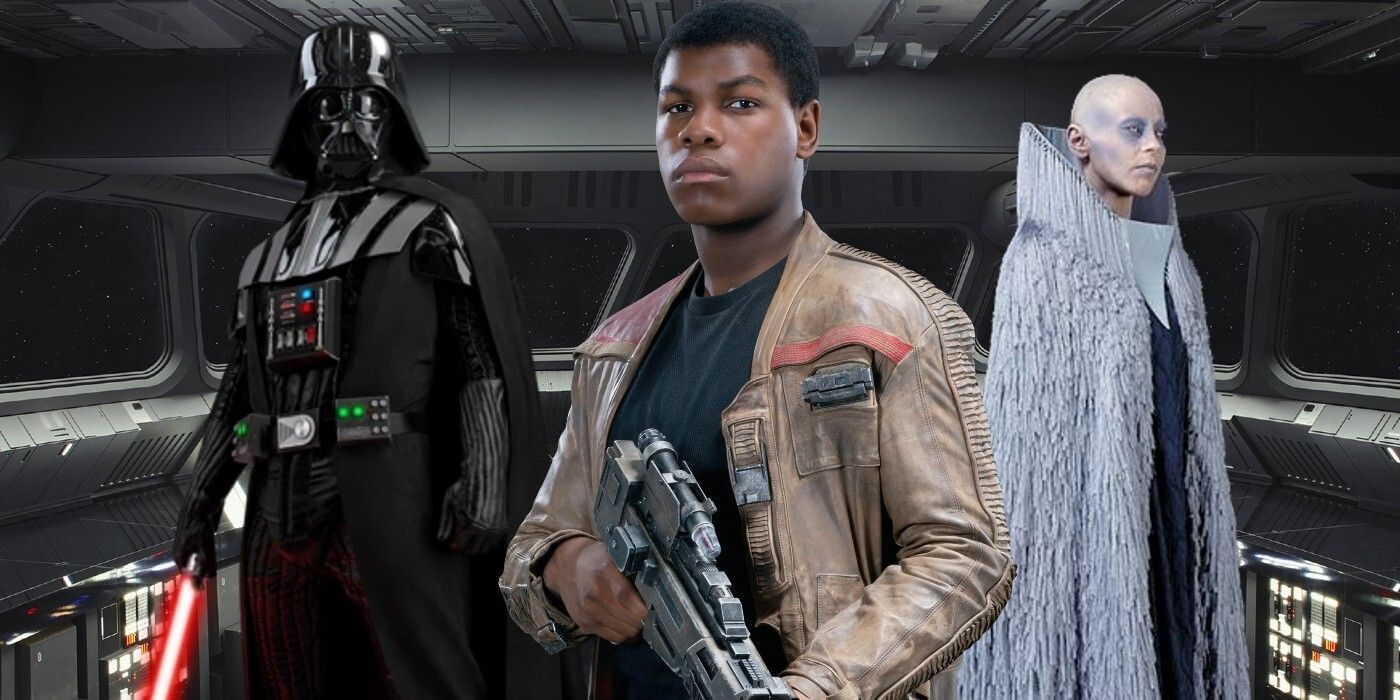
Star Wars comics may have revealed a subtle "Traitor" theme running through the entire franchise. All the best science-fiction and science-fantasy TV films and shows are rich in themes and imagery. What's more, all the best sci-fi writers use their fiction to hold a mirror up to the real world, forcing their viewers to ask questions about the nature of humanity. George Lucas' Star Wars is no different, with elements of the first film inspired by the Vietnam War - where a group of bold insurgents successfully pushed back a military superpower.
George Lucas' Empire was massively inspired by another real-world power, though; the Third Reich. Just as Adolf Hitler gained power in Germany through a rigged election, so Lucas' Sith Lord villains transformed the Galactic Republic into an Empire with the support of the Senate - and even most of the population, who had been deceived through insidious propaganda. Both established fascist totalitarian regimes that ruled by fear, with the Empire focusing on the creation of superweapons that could destroy entire worlds or star-systems with a single shot. "The Nazis are basically the same costume as we used in the first film," Lucas observed in a commentary on the first Star Wars film. And, of course, the Empire's stormtroopers are most certainly evocative of the SA.
The Third Reich concept actually lends itself to a subtle theme running through the entire Star Wars saga, one that has recently been revealed in the War of the Bounty Hunters series. One scene in the ongoing arc sees Sith assassin Ochi of Bestoon - essentially transformed into Darth Vader's sidekick - confront Sly Moore, a treacherous Imperial administrator who was once a member of Palpatine's exclusive inner circle. His declaration of "Traitor!" is particularly notable, referring to a scene from the sequel trilogy involving Finn that became a popular meme. But, while it's tempting to simply dismiss this as a cool moment, it actually points to a hidden theme that's been there from the beginning.
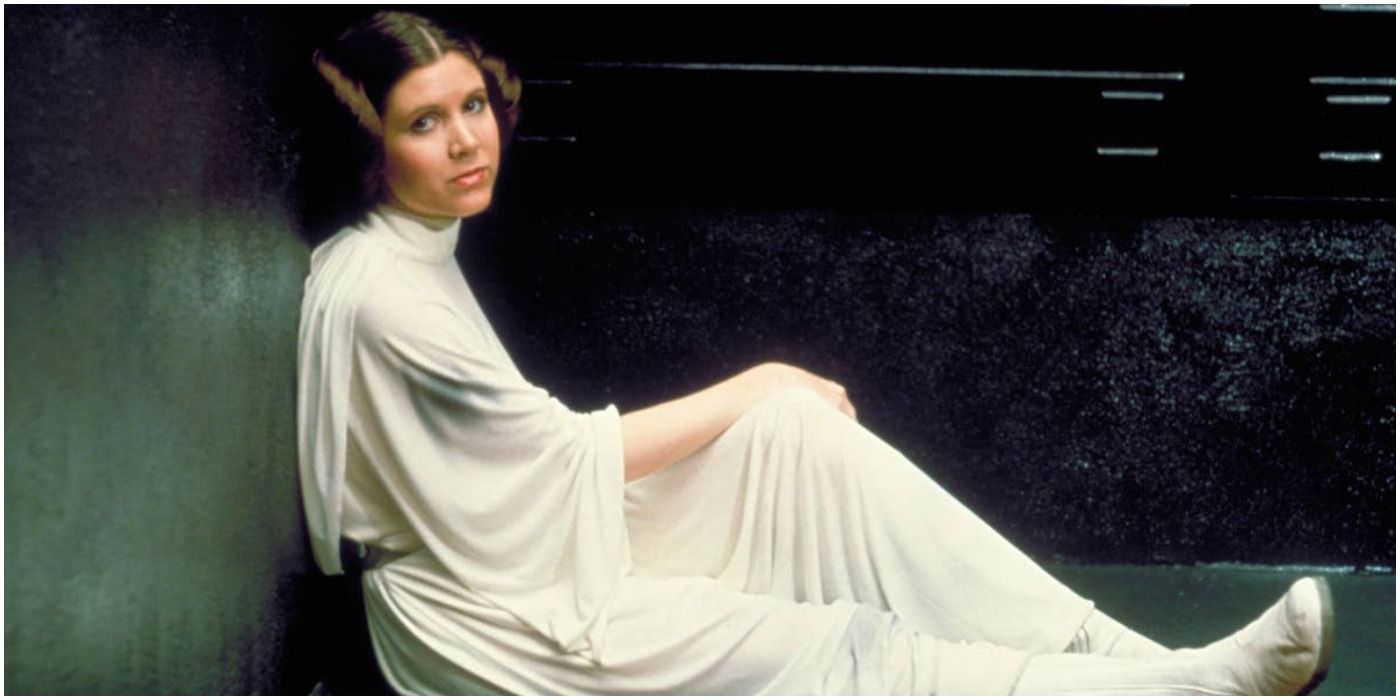
In the real world, the end of the Second World War was followed by the Nuremberg trials, which wrestled with the most insidious aspect of fascism: that it discourages thought. As Rudolf Höss, the commandant at Auschwitz, argued, "Don’t you see, we SS men were not supposed to think about these things; it never even occurred to us... We were all so trained to obey orders without even thinking that the thought of disobeying an order would simply never have occurred to anybody, and somebody else would have done just as well if I hadn’t... I really never gave much thought to whether it was wrong. It just seemed a necessity." Because the Star Wars films were made in a post-Nuremberg world, they subtly wrestle with this "following orders" argument. This can best be seen in the leadership of the Rebel Alliance.
There are two different components to the Rebel Alliance; there are aliens such as Nien Nunb and Admiral Ackbar, representing diverse groups who would be crushed by a totalitarian fascist power, and there are the traitors to the Empire. The shroud of the dark side may have fallen over the entire galaxy, but the Rebellion's greatest leaders include a number of Imperial Senators who have used their position to oppose Palpatine politically - and are willing to become military insurgents rather than simply bow to the Empire's might. Leia Organa is the perfect example, the Alderaanian senator who becomes a symbol of hope to the entire galaxy, but she is not the only one; Han Solo is a former Imperial too, while Luke Skywalker's fellow X-Wing pilots include countless individuals who have actually been trained by the Empire. In contrast, the people who remain in service to the Empire are shown as unflinchingly loyal; there is no hint of a moral quandary among the Imperials who push the buttons on the Death Star to fire the superlaser at Alderaan and commit genocide.
The Death Star itself forms a case in point. This battle station is the size of a small moon, and it has a population in excess of 1 million. When Luke Skywalker destroys the Death Star, when he fires "the shot heard across the galaxy," he literally kills more than a million people. And yet, none of these people should be considered innocent; their presence aboard the Death Star means they are all, from the lowest cleaner to Grand Moff Tarkin himself, choosing to facilitate a regime that commits genocide. The position taken by the first Star Wars film - that the Death Star's destruction is an act of heroism, that those Imperials are not to be mourned - is in perfect accord with the real-world Nuremberg trials, which held that people always had the power to choose.
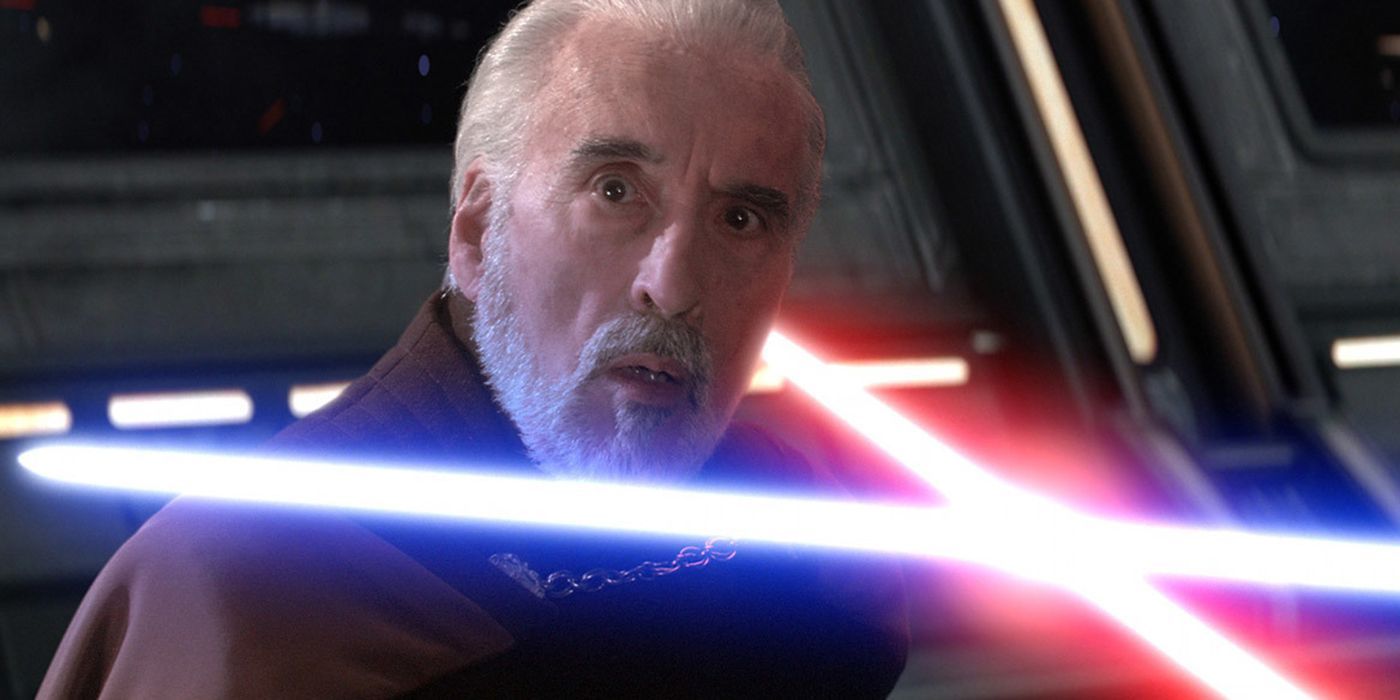
George Lucas subverted this concept in the Star Wars prequel trilogy (as he did with so many other themes as well). In the prequels, the Republic is the dominant galactic power, and treason is effectively how it is destroyed - after all, "treachery is the way of the Sith." Count Dooku is a traitor to the Jedi Order, Palpatine has ascended to the position of Chancellor and becomes Emperor because of his treachery, and even Anakin Skywalker is persuaded to betray the Jedi Order. Indeed, there is a sense in which Anakin is betraying the Jedi long before he draws his lightsaber on Mace Windu in Star Wars: Episode III - Revenge of the Sith, because he has betrayed the principles he is sworn to as a Jedi Knight - specifically the Jedi principle of non-attachment. The prequel trilogy explores the theme of treachery in a much more sophisticated and nuanced way; here, the traitors are not heroes but villains; their treason and treachery is driven by their own lust for power, by their selfishness and pride.
This all builds to a head in probably the most fascinating moment in the entire prequel trilogy, Order 66. Lucas fleshed out Order 66 in Star Wars: The Clone Wars, revealing clone troopers were created with implants that forced them to obey the command to eliminate the Jedi; when Palpatine issued Order 66, they lost the ability to make any choices for themselves. In contrast with the stormtroopers, TIE pilots, and assorted Imperials of the original trilogy, the clone troopers lacked any agency, meaning they really were just "following orders." They betrayed the Jedi who had served as their generals throughout the Clone Wars, but they had no choice but to do so. They had no freedom of will.
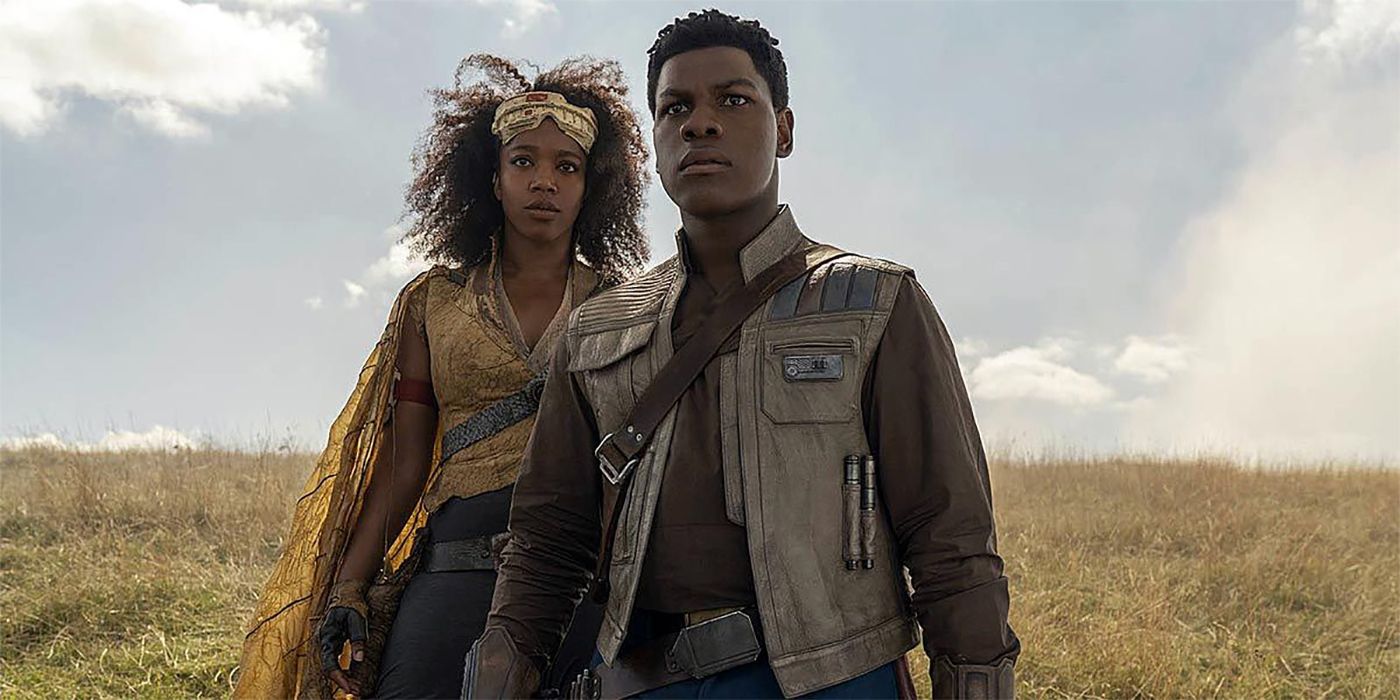
Given the prominence of this theme in George Lucas' works, it is no surprise it is also integral to the Star Wars sequel trilogy - but in a much more striking and overt manner. The sequels return to a galaxy that is black and white, with the First Order serving as a resurgent Empire, and here the villains seem cognizant of the possibility of treachery. While the First Order soldiers are not controlled by inhibitor chips, they are instead subjected to powerful brainwashing techniques that use the dark side of the Force, meaning First Order agents have also been stripped of their agency - but only to a limited extent. One of the heroes of the sequel trilogy is Finn, the Imperial stormtrooper who rejects his programming in Star Wars: The Force Awakens, and helps the Resistance destroy Starkiller Base. Star Wars: The Rise of Skywalker reveals Finn is not the only person to reject the brainwashing, and he recruits Jannah and her squad of former stormtroopers to help defeat Palpatine. Tie-ins have revealed Finn resisted his brainwashing because he is Force-sensitive, suggesting Jannah and her squad may all be potential future Jedi as well.
Finn's arc, although not especially well-handled by the sequel trilogy, adds another layer to the "traitor" and "following orders" theme. Given Finn is able to break free of his programming because of the Force, it confirms that the light side of the Force encourages people to exercise their free will and question evil orders. It's actually a really interesting idea, one with a phenomenal amount of potential, so it's a shame the sequels didn't explore it in more detail or with more nuance.
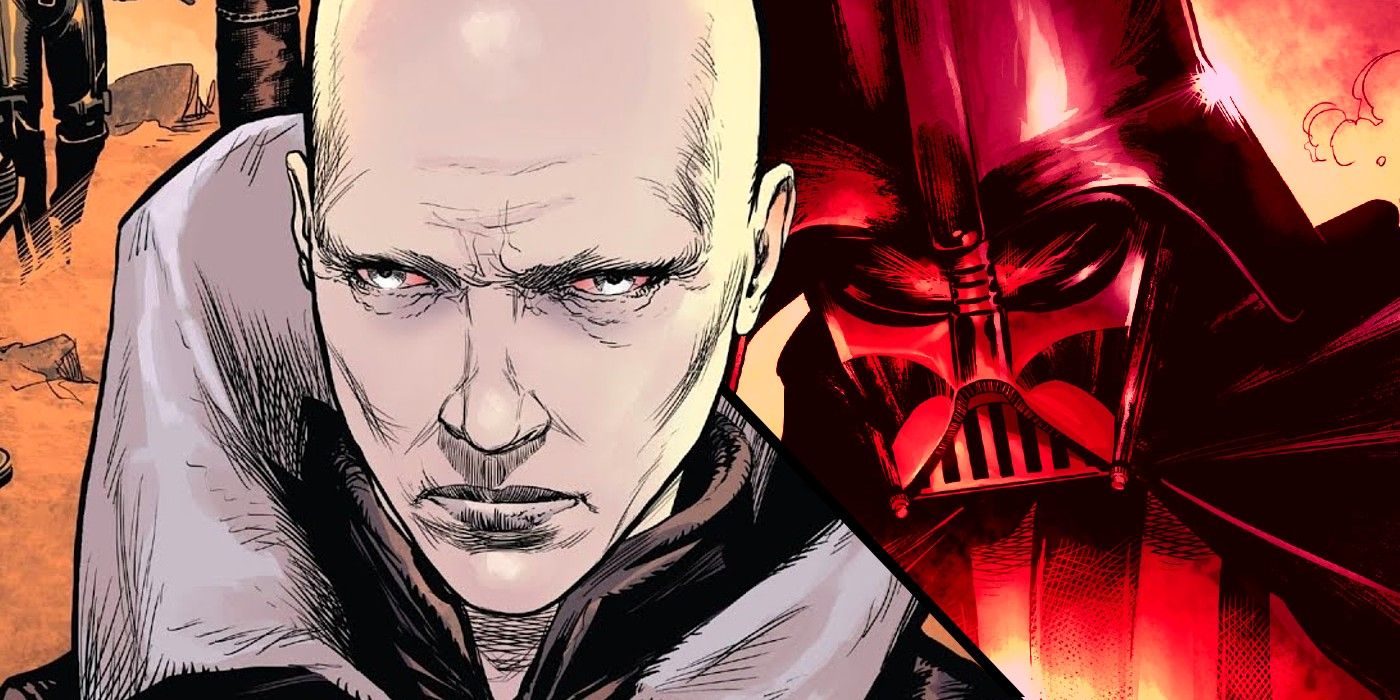
This fits with a lot of the ideas currently being explored in Star Wars comics. The build-up to War of the Bounty Hunters reveals some of the Emperor's closest allies chose to rebel against the Sith shortly after the events of The Empire Strikes Back, even attempting to kill Darth Vader. But Palpatine does not fear rebels and traitors like Sly Moore, because they still operate within his regime, opposing him out of their own inner darkness. As Star Wars: The Clone Wars co-creator Dave Filoni put it, "The Force naturally exists in balance; that balance is thrown out when someone chooses to give in to their fears and then spirals out of control making selfish choice after selfish choice. Fear leads to anger, anger leads to hate, hate leads to suffering... The choice between dark and light is often subtle and not limited to the Jedi and Sith. Everyone struggles with the balance between light and dark." Sly Moore may have been a traitor to the Empire, but her treachery is rooted in darkness, meaning all her actions only encouraged the dominance of the dark side.
By this interpretation, the traitors who can indeed change the balance of the galaxy are the ones who betray evil masters because of their pure hearts or their good reasons. These are the people who, like Finn, refuse to follow evil orders; who, like Leia, refuse to acquiesce to evil regimes. Circling back to the original trilogy, it is striking that the galaxy is ultimately saved by a traitor's act - when Darth Vader kills Palpatine out of love for Luke Skywalker, sacrificing his own life for the sake of his son. This tips the balance to the light side, because it is a treason rooted not in lust for power or selfish attachment, but in true selfless love. In Star Wars, it isn't enough to betray the Empire and the First Order - your motives matter too.
from ScreenRant - Feed https://ift.tt/3o319t9


0 Comments